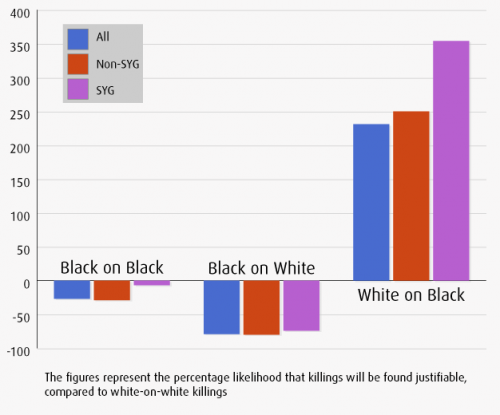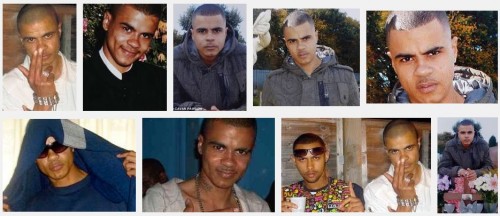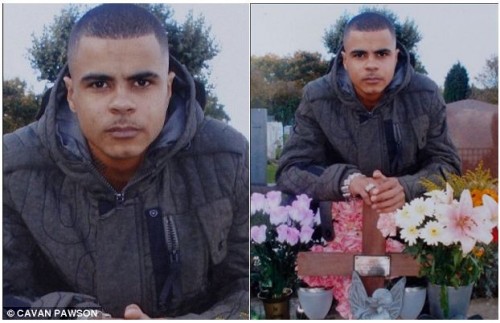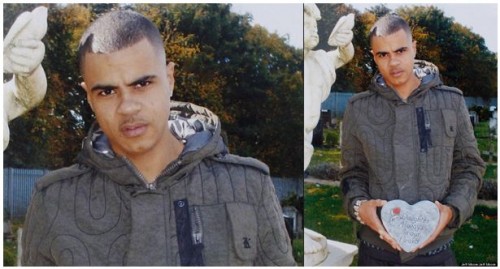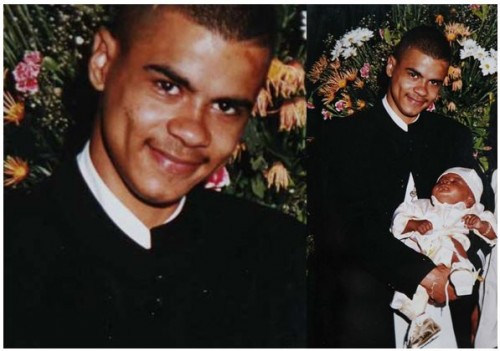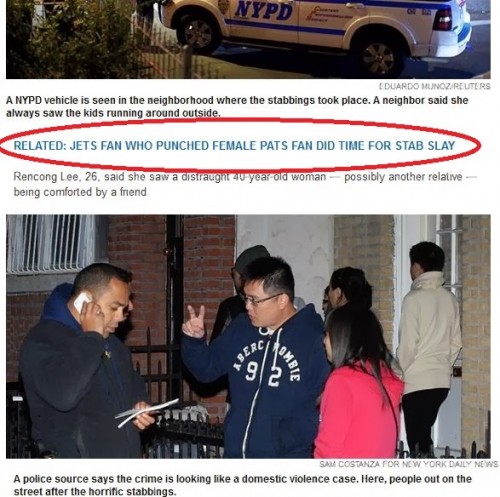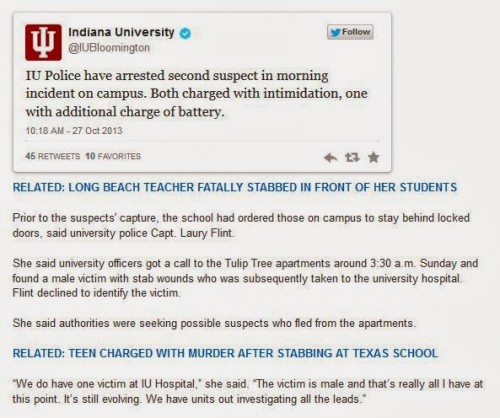 George Zimmerman was signing autographs at a gun show in Orlando this week. Only 200 showed up for the meet-and-greet, but Zimmerman has many supporters around the country, and, as Jonathan Capeheart says:
George Zimmerman was signing autographs at a gun show in Orlando this week. Only 200 showed up for the meet-and-greet, but Zimmerman has many supporters around the country, and, as Jonathan Capeheart says:
This leads to what should bean inevitable question: Who are these people glorifying the killer of an unarmed teenager in one of the most racially polarized incidents in recent history?
I keep wondering how Jonathan Haidt — with his theory of the differing values of liberals and conservatives — would explain this embrace of Zimmerman. The liberal reaction presents no problems. Haidt says that liberal morality rests on two principles:
- Care/Harm
- Fairness/Cheating
Killing someone certainly qualifies as Harm, and, almost literally, getting away with murder is not Fair.
The Zimmerman side is that he shot in self-defense. That argument persuaded the jury, or at least created sufficient reasonable doubt. But it doesn’t explain why some people on the right see him as a hero. What moral principle does he represent?
In Haidt’s schema, conservatives take Harm and Fairness into account but balance them with three others:
- Loyalty/Betrayal
- Authority/Subversion
- Sanctity/Degradation
(A sixth foundation – Liberty/oppression – underlies both the liberal and conservative side.)
It’s hard to see how any of these describe the autograph-seekers. What else might explain that reaction?
The obvious candidate is racism. If the races had been reversed — if a Black man had confronted a White teenager, killed him, and then been acquitted on self-defense grounds — would the left have hailed him as a hero? I doubt it. Would those same autograph hounds in Orlando have sought him out? I doubt it. And if Black people had then turned out to get his autograph, can you imagine what the reaction on the right would have been?
But it’s not just racism. It’s a more general willingness to do harm, great harm, to those who “deserve” it. The liberal view (Harm/Care) is that while in some circumstances killing may be necessary or inevitable, it is still unfortunate. But over on the right, killing, torture, and perhaps other forms of harm are cause for celebration, so long as these can be justified. In 2008, Republicans cheered Sarah Palin when she stood up for torture. In 2011, they cheered Rick Perry for signing death warrants for record numbers of executions. When Wolf Blitzer hypothsized a young man who had decided not to buy medical insurance but now lay in the ICU, and Blitzer asked “Should we let him die?” several people in the Republican audience enthusiastically shouted out, “Yes.”
My guess as to the common thread here is a dimension Haidt doesn’t include as a foundation of morality: boundary rigidity. In those earlier posts, I referred to this, or something similar, as “tribalism.”
Morality is not some abstract universal that applies to all people. Tribal morality divides the world into Us and Them. What’s moral is what’s good for Us. This morality does not extend to Them.
Could it be that as you get farther out on the right, you find more people whose boundaries are more rigid? They are the hard liners who draw hard lines. Once those lines are drawn, it’s impossible to have sympathy — to extend Care — to someone on the other side. If you imagine that you live in a world where an attack by Them is always imminent, defending those boundaries becomes very important.
That seems to be the world of gun-rights crowd lionizing Zimmerman. Their cherished scenario is the defense of boundaries against those who are clearly Not Us. They stand their ground and defend themselves, their families, their houses and property, even their towns and communities. It is a story they never tire of, repeated time after time in NRA publications. Zimmerman is a hero because his story, in their view, embodies the narrative of righteous slaughter.
Cross-posted at Montclair SocioBlog.
Jay Livingston is the chair of the Sociology Department at Montclair State University. You can follow him at Montclair SocioBlog or on Twitter.

